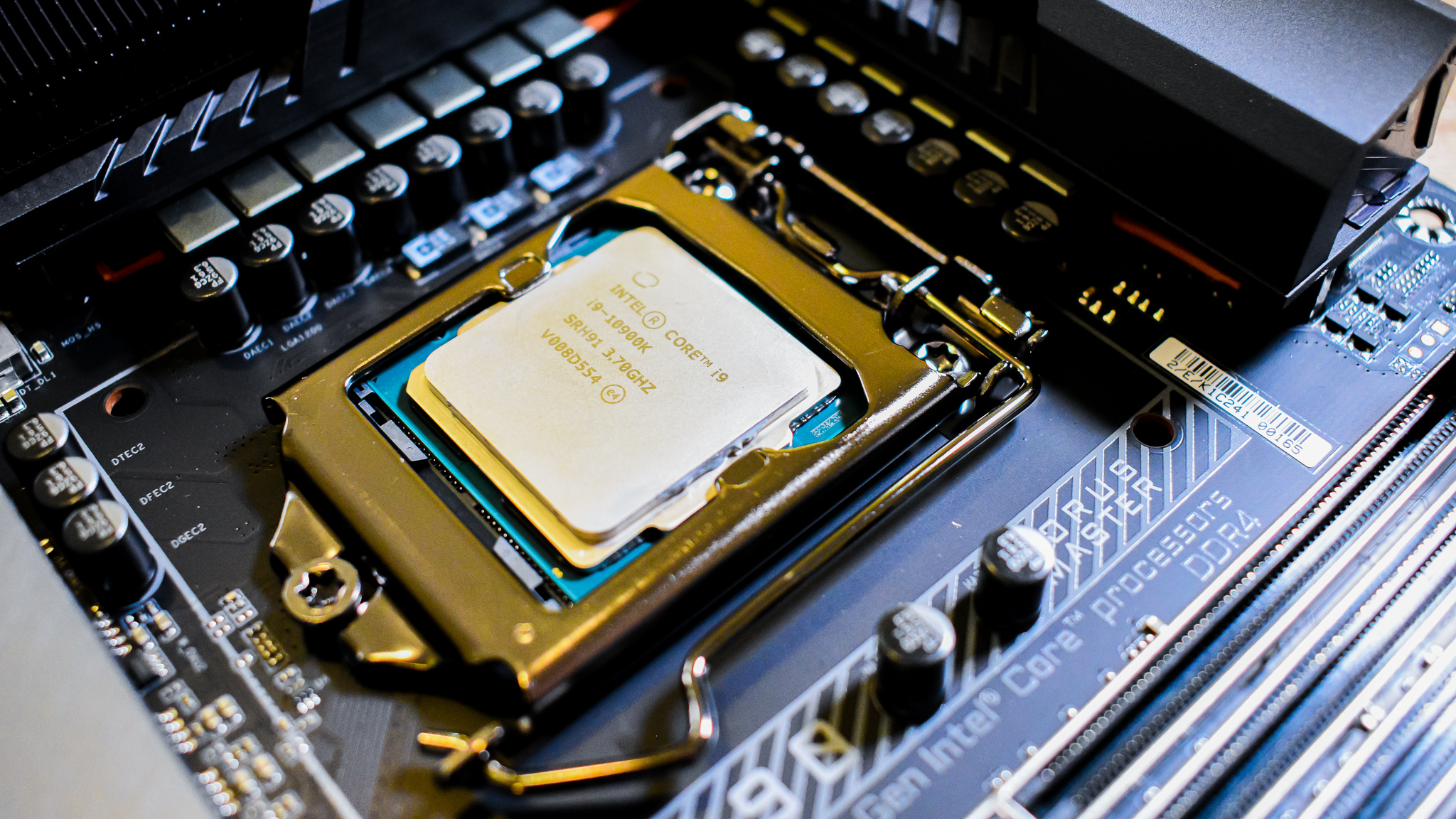Intel CPUs could see up to 20% performance gains from AMD’s smart memory tech
Major boost from PCIe’s resizable BAR feature, which AMD introduced as SAM with Ryzen 5000 and Big Navi

AMD recently introduced the nifty Smart Access Memory (SAM) feature with its latest hardware, but we already know that this performance boosting tech will work with Intel products too – and apparently very well, seemingly with even better results than AMD has seen thus far.
SAM is currently (at least officially) exclusive to AMD’s new Big Navi graphics cards and Ryzen 5000 CPUs (with 500-series motherboards, so all the newest kit basically), but wider support is coming, not just for older AMD hardware, but also Intel CPUs as mentioned, as well as Nvidia graphics cards.
- Check out our in-depth Nvidia RTX 3080 review
- And these are all the best PC games
- Here's how to build your own PC
That’s because SAM works by tweaking PCIe’s resizable BAR (base address register), and there’s no reason that can’t be implemented outside of AMD hardware – and Asus recently paved the way for that happening in practice.
As Tom’s Hardware reports, Asus has enabled the resizable BAR feature on its Intel Z490 motherboards, and Japanese tech site ASCII tinkered with the relevant options (a relatively simple process in the BIOS) to get the tech running with an Intel Core i9-10900K CPU plus AMD RX 6800 XT GPU (in an Asus ROG Maximus XII Extreme motherboard).
Resizable difference
Testing was then conducted on a small selection of games running at maximum settings on Full HD resolution with some impressive results – up to almost 20% gains, in fact, whereas AMD’s early SAM testing showed more in the ballpark of 10% gains (pushing up to 12% with Forza Horizon 4 at 4K resolution).
Obviously we have to take ASCII’s testing with a healthy dollop of caution, and an apples-to-apples comparison is needed, anyway – but there’s no denying that the likes of a 14% boost in the average frame rate of Assassin’s Creed Valhalla at 1080p, or a 19.4% gain in Forza Horizon 4 with resizable BAR are eye-catching results.
Red Dead Redemption 2 showed a more modest improvement of just under 8% for the average frame rate, although the minimum frame rate – the slowest dip – was up 181%, meaning those occasional moments of severe jerkiness in the benchmark were very much improved.
Sign up for breaking news, reviews, opinion, top tech deals, and more.
Further remember that this is using beta firmware with the Asus motherboard, and the final release could see more improvement still.
Here – and for that matter everywhere else – the results of this tech do vary, and as Tom’s observes, with some games resizable BAR makes no difference whatsoever (for example, ASCII found this was the case with Tom Clancy’s Rainbow Six Siege).
Clearly it does a sterling job in some circumstances, though, and the sooner this tech is more widely proliferated among Intel processors and indeed Nvidia GPUs, the more gamers who’ll be able to benefit from sizable – or indeed resizable – frame rate gains.
- We’ll show you how to overclock your CPU
Darren is a freelancer writing news and features for TechRadar (and occasionally T3) across a broad range of computing topics including CPUs, GPUs, various other hardware, VPNs, antivirus and more. He has written about tech for the best part of three decades, and writes books in his spare time (his debut novel - 'I Know What You Did Last Supper' - was published by Hachette UK in 2013).